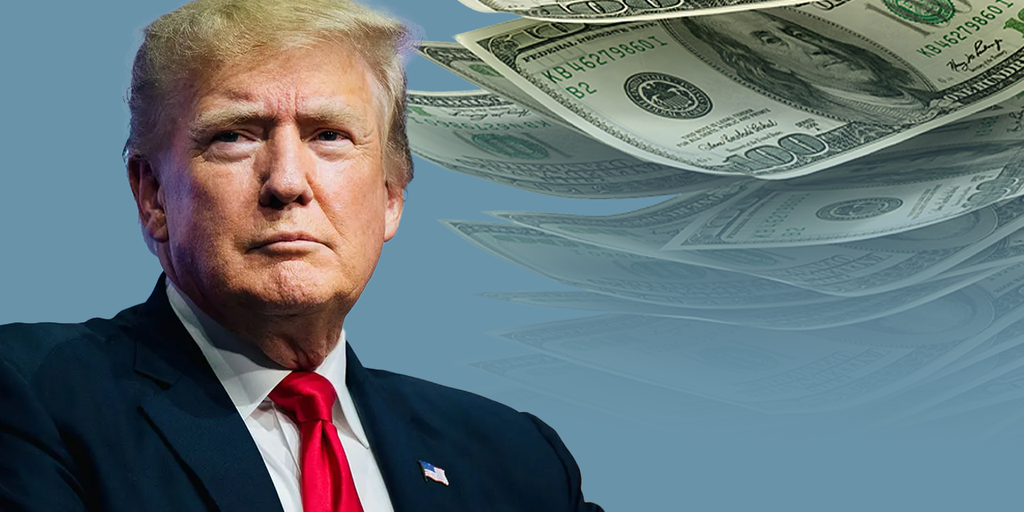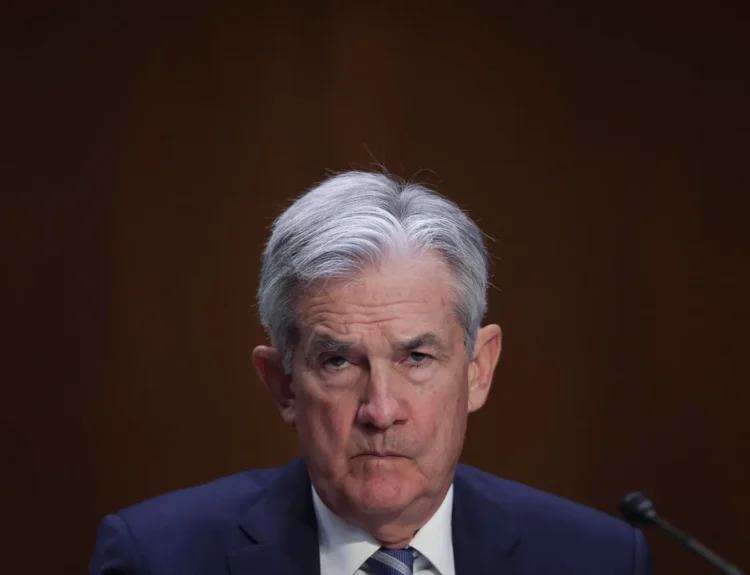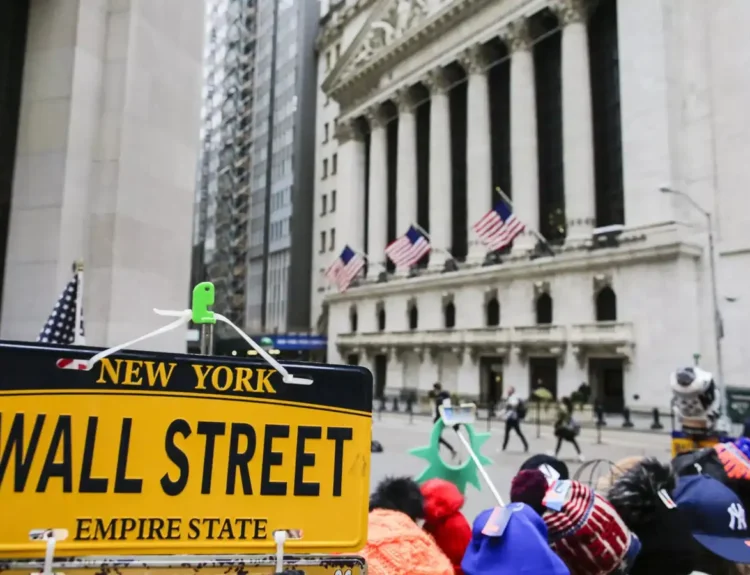In the early hours of Thursday morning, House Republicans pushed forward President Donald Trump’s huge tax and spending plan, clearing a major hurdle that now sends the bill to a full House vote.
Nicknamed the “big, beautiful bill” by Trump, the legislation has stirred intense debate in Congress and across the country — not just because of what it includes, but because of how much it could impact ordinary Americans, the economy, and even the environment.
What’s in Trump’s Bill?
Here’s what the bill would do:
- Extend Trump’s 2017 tax cuts — including new breaks for tipped workers and auto loans
- Cut green energy subsidies
- Boost military and border spending
- Pay for it by tightening food stamp (SNAP) and Medicaid eligibility
In simple terms: The bill lowers taxes and increases some federal spending, but to offset the cost, it reduces benefits for low-income Americans — especially in healthcare and food programs.
The Price Tag? $3.8 Trillion in New Debt
The Congressional Budget Office says the plan could add $3.8 trillion to the U.S. debt over the next 10 years.
That’s huge — especially since the U.S. already has $36.2 trillion in debt.
Moody’s recently downgraded America’s credit rating, citing Washington’s inability to deal with rising debt. That downgrade shook Wall Street, with stocks falling sharply this week.
Republicans Are Divided
Even among Republicans, this bill hasn’t been an easy sell.
- Some fiscal conservatives say it doesn’t cut enough spending
- Others worry it could hurt working-class voters
- Trump had to personally meet with skeptical lawmakers to win support
After a long 22-hour committee debate, the House Rules Committee voted 8-4 on Wednesday to advance the bill. A full vote is expected within hours, possibly before sunrise Thursday.
“I believe we’re going to land this airplane,” said House Speaker Mike Johnson, showing confidence that the GOP can get the bill passed.
Medicaid Work Requirements & Tax Changes
To get enough support, the bill was amended. Here are some key changes:
- Work requirements for Medicaid start in 2026, not 2028
- Penalties for states that expand Medicaid in the future
- Higher SALT deductions (for state and local taxes)
- Gun silencer rule repealed — the $200 tax and registration requirement is removed
Also Passed: Rollback of Toxic Air Rule
In a separate vote early Thursday, the House also repealed a Biden-era air pollution rule that required stricter monitoring of hazardous substances like mercury, lead, and dioxins.
- Democrats said the rule was crucial for public health
- Republicans argued it punished companies that had already cut emissions
“This is about allowing businesses to innovate without being stuck under old rules,” said Rep. Julie Fedorchak (R-N.D.).
“Republicans are going to allow large facilities to increase toxic emissions,” countered Rep. Frank Pallone (D-N.J.).
Trump is expected to sign both the tax bill and the environmental rollback if they reach his desk.
Why This Matters
This is one of the biggest economic moves of Trump’s second term — and it touches nearly every part of American life:
- Taxes could go down for many, but public benefits could be harder to get
- Government debt could rise sharply, putting future economic stability at risk
- Environmental protections could be weakened to favor businesses
- Healthcare access could shrink for millions of low-income families
And with elections and another possible debt ceiling fight coming up, this bill is setting the stage for even bigger political battles.
The bill’s tax cuts may boost short-term spending, but with $3.8T in new debt projected, bond yields have jumped — and stocks dropped sharply Wednesday.
What It Means for Markets:
The bill’s tax cuts may boost short-term spending, but with $3.8T in new debt projected, bond yields have jumped — and stocks dropped sharply Wednesday.
- More volatility, especially in rate-sensitive sectors
- Green energy, healthcare may face pressure
- Defense and industrials could benefit from spending boosts
Analysts Say:
- Morgan Stanley: Short-term boost, long-term debt risk
- Barclays: Rising yields may continue to weigh on stocks
- BofA: Caution on growth names, favor defense and credit sectors
Trump’s “big, beautiful bill” is advancing quickly, but it’s stirring up just as many concerns as celebrations. The coming House vote could shape the economy, social safety net, and regulatory landscape for years to come.
Disclosure: This article does not represent investment advice. The content and materials featured on this page are for educational purposes only.
Related:
Bloomberg Terminal Outage Disrupts Bond Auctions Across Europe
Weak 20-Year Treasury Auction Sends Yields Higher and Stocks Tumbling
Nvidia CEO Slams Biden’s AI Chip Export Curbs as a “Failure,” Backs Trump’s Reversal
White House: China Will ‘Absorb’ Tariffs — Not US Consumers
Bostic Warns on Moody’s Downgrade, Inflation Risk — Leans Toward One Cut
Nvidia Expands in China & Taiwan as US Export Rules Tighten
Earnings Calendar, Fed Speech, Housing Data: What to Watch This Week
UK overtakes China as second-largest US Treasury holder
CERN Scientists Turn Lead into Gold — Why This Is Bigger Deal for Bitcoin Than You Think
Nvidia, Cisco, Oracle and OpenAI are backing the UAE Stargate data center project
Trump vs. Tim Cook: Apple’s Global Strategy Sparks Debate Over Economic Patriotism and AI Security
US and EU break impasse to enable tariff talks
China Tightens Control Over AI Data Centers
Trump: US will set new tariff rates, bypassing trade negotiations










